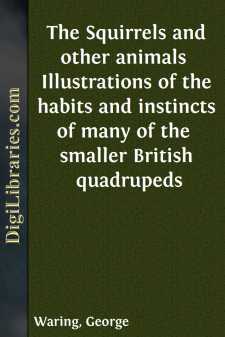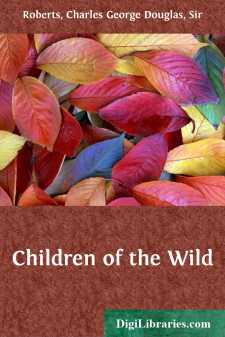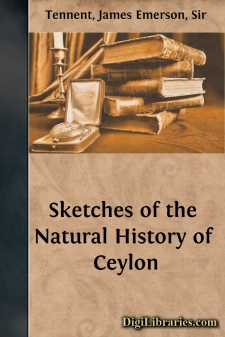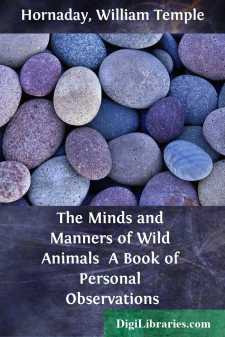Nature
- Animals
- Birds & Birdwatching 41
- Dinosaurs & Prehistoric Creatures 1
- Flowers 5
- General 32
- Horses 6
- Insects & Spiders 19
- Mammals 7
- Mushrooms 2
- Natural Disasters 6
- Natural Resources 3
- Reptiles & Amphibians 2
- Trees & Forests 10
Animals Books
Sort by:
The Freedom of the Black-faced Ram n the top of Ringwaak Hill the black-faced ram stood motionless, looking off with mild, yellow eyes across the wooded level, across the scattered farmsteads of the settlement, and across the bright, retreating spirals of the distant river, to that streak of scarlet light on the horizon which indicated the beginning of sunrise. A few paces below him, half-hidden by a...
more...
by:
George Waring
CHAPTER I. "Bless me, I do believe I have been asleep!" said a squirrel, one fine morning in early spring, when the delicious warmth of the sun had reached him in his winter retreat, and roused the lazy little fellow from a two months' nap. The truth is, that he and his family had fallen asleep at the first setting in of the cold weather, and had passed the dismal winter in a state of...
more...
CHAPTER I THE LITTLE FURRY ONES THAT SLIDE DOWN HILL In the brown, balsam-smelling log cabin on the shores of Silverwater, loveliest and loneliest of wilderness lakes, the Babe's great thirst for information seemed in a fair way to be satisfied. Young as he was, and city-born, the lure of the wild had nevertheless already caught him, and the information that he thirsted for so insatiably was all...
more...
INTRODUCTION. A considerable portion of the contents of the present volume formed the zoological section of a much more comprehensive work recently published, on the history and present condition of Ceylon. But its inclusion there was a matter of difficulty; for to have altogether omitted the chapters on Natural History would have impaired the completeness of the plan on which I had attempted to...
more...
by:
Anonymous
OUR PETS. This is Pol-ly's own cat, Top-sy. She looks ve-ry prim and quiet; but if you play with her, you will find she is a ve-ry mer-ry lit-tle cat. She will jump up-on the ta-ble at break-fast, and run off with Pol-ly's toast; and if mam-ma be wri-ting a let-ter, Top-sy will steal soft-ly a-long the arm of the so-fa, and rub her paw o-ver the last word mam-ma has writ-ten, and make a great...
more...
by:
Charles Copeland
I. FOX-WAYS. Did you ever meet a fox face to face, surprising him quite as much as yourself? If so, you were deeply impressed, no doubt, by his perfect dignity and self-possession. Here is how the meeting generally comes about. It is a late winter afternoon. You are swinging rapidly over the upland pastures, or loitering along the winding old road through the woods. The color deepens in the west; the...
more...
PREFACE During these days of ceaseless conflict, anxiety and unrest among men, when at times it begins to look as if "the Caucasian" really is "played out," perhaps the English-reading world will turn with a sigh of relief to the contemplation of wild animals. At all events, the author has found this diversion in his favorite field mentally agreeable and refreshing. In comparison with...
more...
by:
R. Lee
THE QUADRUMANA, OR MONKEY TRIBE. Formed like man, and practicing similar gestures, but with thumbs instead of great toes upon their feet, and with so narrow a heel-bone, that even those who constantly walk upright have not the firm and dignified step of human beings; the Quadrumana yet approximate so closely to us, that they demand the first place in a book devoted principally to the intellectual...
more...
INTRODUCTION The wonderfully successful book, entitled "Black Beauty," came like a living voice out of the animal kingdom. But it spake for the horse, and made other books necessary; it led the way. After the ready welcome that it received, and the good it has accomplished and is doing, it follows naturally that some one should be inspired to write a book to interpret the life of a dog to the...
more...











